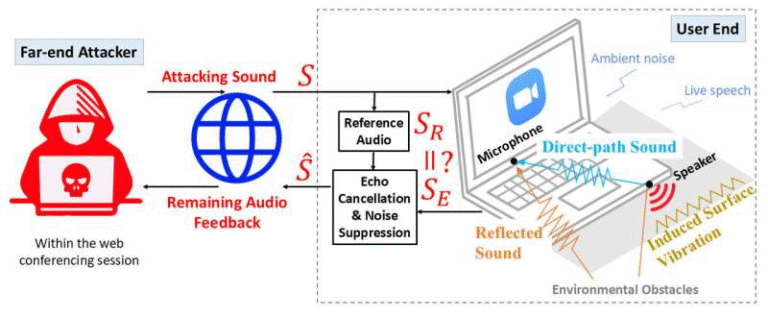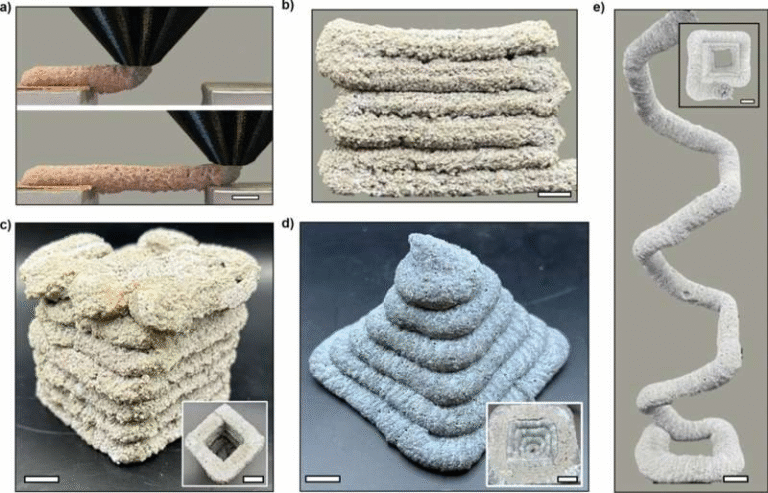Datavzrd: A New Open-Source Tool That Makes Complex Data Easy to Explore

If you’ve ever wrestled with a giant spreadsheet full of numbers, you’ll know the feeling—confusion, frustration, and the desperate hope that someone has already turned it into a clear chart or report.
Well, scientists at the University of Duisburg-Essen have been thinking about that problem too, and they’ve come up with something pretty exciting. Their new open-source tool, called Datavzrd, is designed to turn those intimidating tables into interactive reports that anyone can explore—no coding required.
Why Data Is Tricky in the First Place
Data tables are the backbone of scientific research. Whether it’s medical studies, social science surveys, or archaeological records, researchers rely heavily on spreadsheets packed with valuable information. But the reality is: the bigger the dataset, the harder it is to interpret.
A plain spreadsheet doesn’t let you filter or sort easily, and when shared, a lot of context is often lost. For years, tools like R Shiny have offered interactive visualization options, but they come with a catch—you need technical expertise, and often additional software. For many researchers, especially those outside the world of coding, that’s a serious roadblock.
The IKIM Solution: Datavzrd
That’s where the Institute for Artificial Intelligence in Medicine (IKIM) at the University of Duisburg-Essen steps in. They developed Datavzrd as a way to make scientific data both accessible and engaging.
The tool takes standard tables and transforms them into HTML reports that can be opened in any web browser. No special installation, no complicated setup, and importantly—no programming knowledge needed. You just describe what you want the report to show in a simple text file, and Datavzrd does the rest.
Even more impressive, these reports stay fully interactive, even with datasets containing millions of rows. That means you can click, filter, sort, and explore your data without being limited by the size of the dataset.
Designed for Usability
One of the developers, Felix Wiegand, highlighted how user-friendly the tool is. Instead of writing code, users can set up their data displays by filling in a straightforward description file. Think of it like creating a profile that tells the tool which columns, relationships, and features to highlight.
This approach makes it possible to represent not just simple tables but also complex relationships—like hierarchies or linked datasets. And for those who feel nervous about trying new software, Datavzrd even comes with a tutorial to make the learning curve as gentle as possible.
Real-World Examples
The IKIM team showed just how flexible Datavzrd can be by applying it in different fields:
- Medical Practice: In a molecular tumor board, doctors can present genetic findings and therapy options interactively for each patient. This kind of clarity is exactly what healthcare teams need when making treatment decisions.
- Archaeology: Researchers compared decorated clothing elements from different archaeological sites. Instead of flipping through raw tables, they could explore linked data visually, making patterns and connections much easier to spot.
Why This Matters
In a world where datasets are only getting bigger and more complicated, having tools like Datavzrd could be a game-changer. It lowers the barrier to entry for people who don’t have technical expertise but still need to make sense of massive amounts of information.
What’s most exciting is that Datavzrd is open-source. That means anyone can use it, adapt it, or build on it for free. Whether you’re a scientist, a teacher, or even just someone curious about making sense of data, this tool could make the experience far less intimidating and far more insightful.
So next time you find yourself drowning in an ocean of tables, remember—there’s now a friendlier way to bring those numbers to life.





